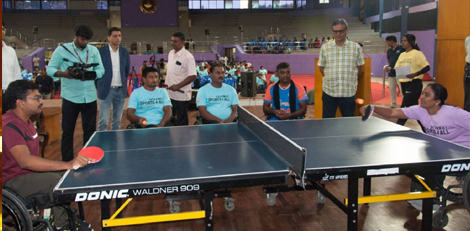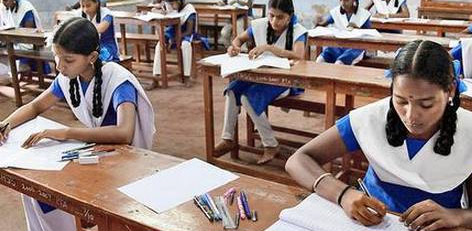Amblyopia - the lazy eye condition to watch out for
Posted on: 06/Jun/2019 6:08:02 PM

Contributed by Rajesh R, Consultant-Oncology & Vitreo Retina, Sankara Eye Hospital
Amblyopia, commonly known as the �lazy eye� is a condition affecting the eyesight that arises when the brain and eyes do not work well coherently. On the outset, the eye appears to be normal but the vision is impaired. In most cases, decreased vision is noticed among children and young adults.
One of the most common causes of visual impairment in children, the lazy eye condition affects 2 to 3 out of every 100 cases. This condition mostly develops from early childhood when the vision in one eye does not develop. Clue to fallacy is the focusing capability. If this occurrence is ignored and not treated, it will lead to the brain ignoring the image that is seen through this affected eye.
In some cases, the child�s eyes turn in or out and don�t line up as they should. This leads to an inability in focusing on an object and the child often sees things doubled. This non-alignment leads to the development of the term lazy eye. In some other cases, the child is unable to see well due to something blocking the light from getting through. This could be a clot of blood or a cataract. Any of the above reasons could lead to amblyopia.
There are thus, three types of amblyopia :
- Strabismic amblyopia - This is a condition in which the eyes are not straight. One eye may turn in or out, up or down.
- Deprivation amblyopia - In this condition, the child is deprived of the visual experience due to a blockage that prevents light from getting through. This blockage may be in the form of cataracts or similar blockage/s.
- Refractive amblyopia - In this condition, one of the eyes is more in need of visual assistance like glasses as compared to the other eye. It results in blurry vision and can affect both the eyes in some cases.
Diagnosing amblyopia - in order to rule out the lazy eye syndrome, it is critical to check for the following three conditions.
- Vision in both the eyes should be equally well
- There should not be any blockage for light getting through to the eyes
- Both the eyes should move equally well
In case if any discrepancy is seen, an eye specialist should be consulted. For children, it is advisable to have a thorough eye check-up at least once a year.
Treating amblyopia - the condition develops when one of the two eyes does not function adequately as a result of which the brain stops accepting input from the affected eye. In order to treat the lazy eye, it is important to have the brain start using the affected eye more than usual. The ophthalmologist will first correct the underlying problems of sight. In order to improve focus, some kids need glasses. If a cataract is blocking the passage of light, a cataract surgery may be required.
The doctor may advise covering the normal eye with a patch. At the outset, it will be difficult to properly see through the affected eye but eventually, it will help improve and restore vision. This process may take a long time, sometimes even years. The doctor�s advice is to be religiously followed and regular check-ups should be done. Once the vision becomes near normal in the affected eye, the patch can be removed. In some cases, the doctor prescribes the use of an eye drop (Substitute to patching) that helps blur the vision in the normal eye and thus avoiding patching of the eye.
Amblyopia is a difficult condition to treat once the child has crossed the age of 7 years. Hence, it is important to have complete eye tests done at an earlier age if any problem with the eyesight is noticed.
Though computerized neurotic treatments have been made possible with the advancement in scientific technology, it is much more feasible and easier to treat amblyopia when it is diagnosed and treated at an early stage.







